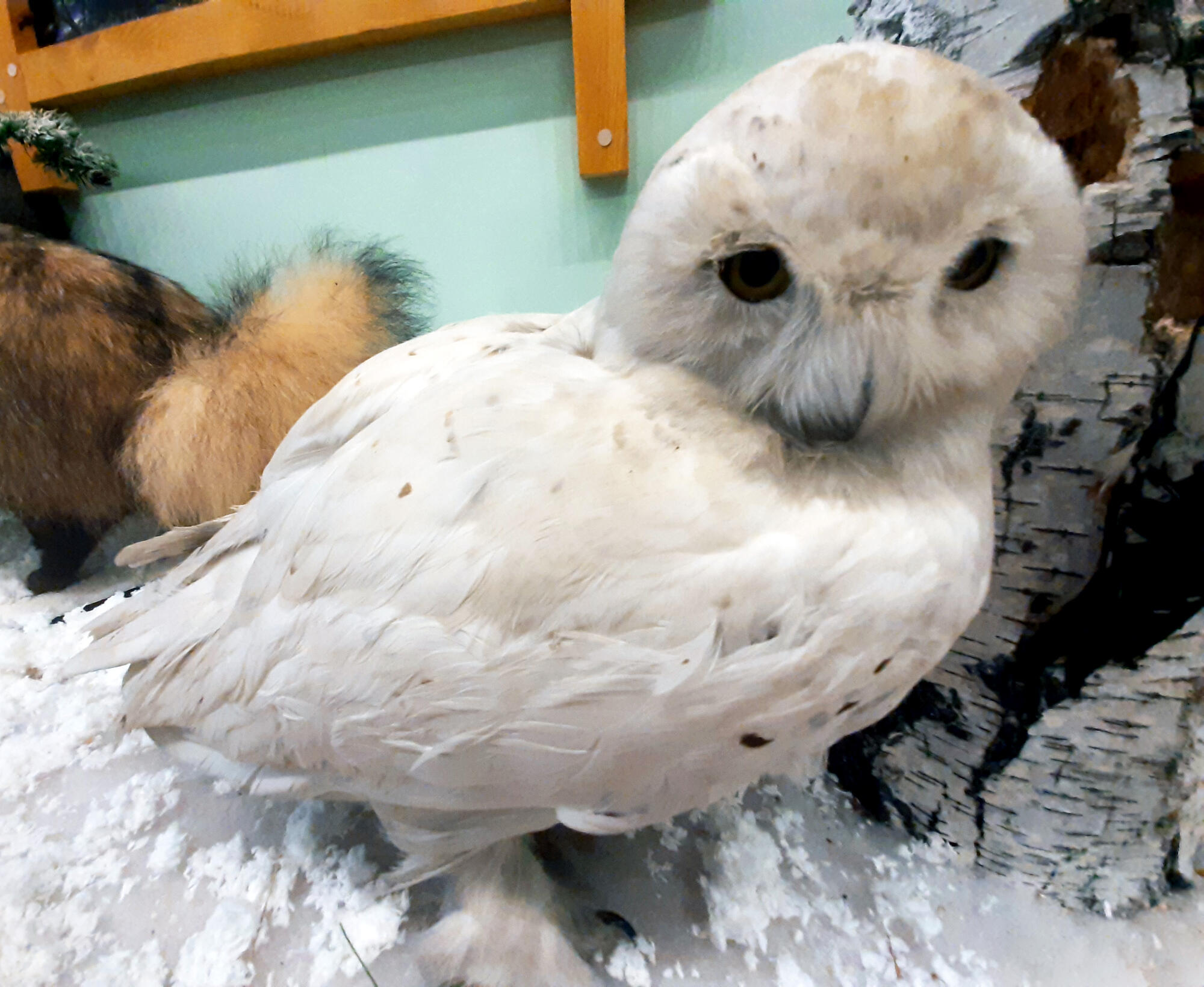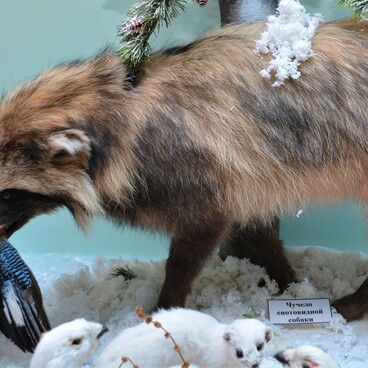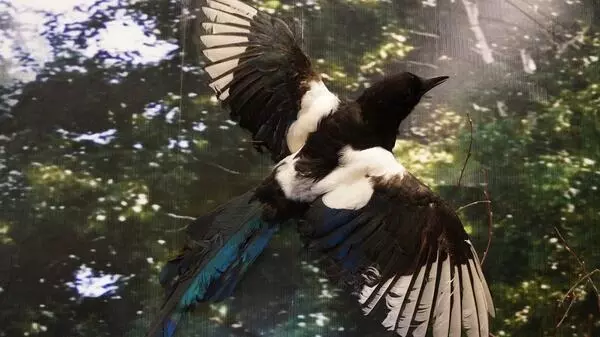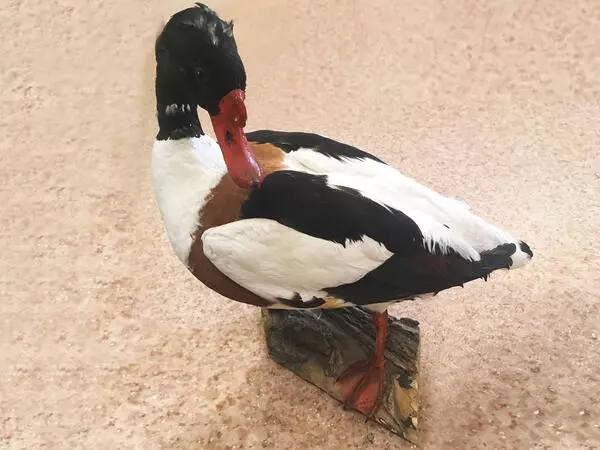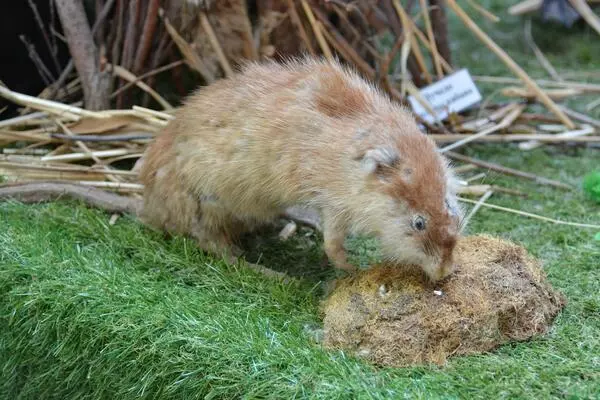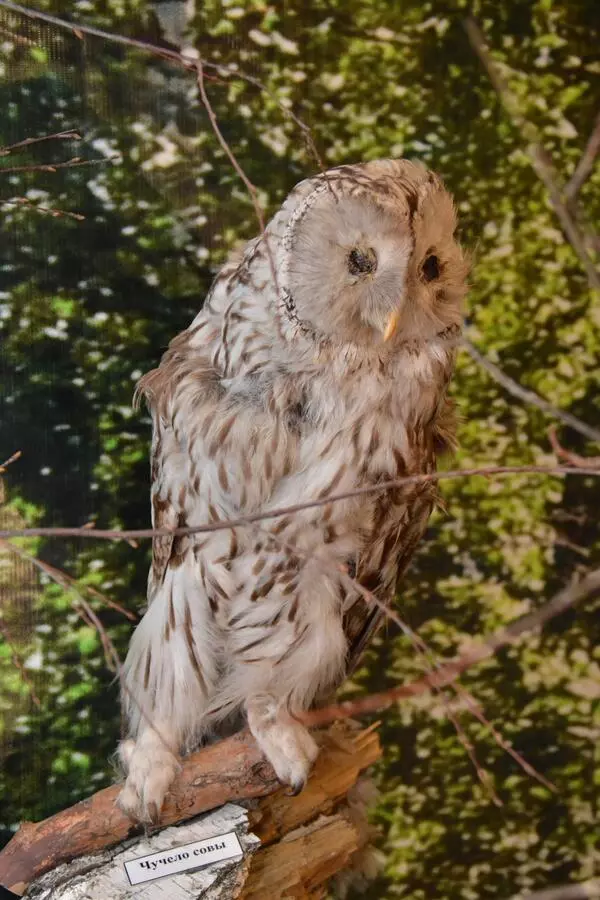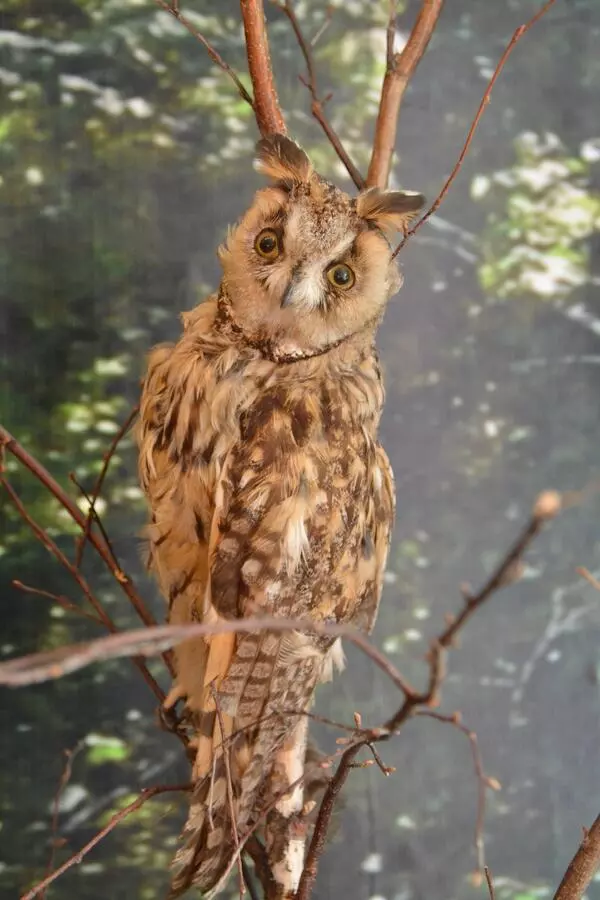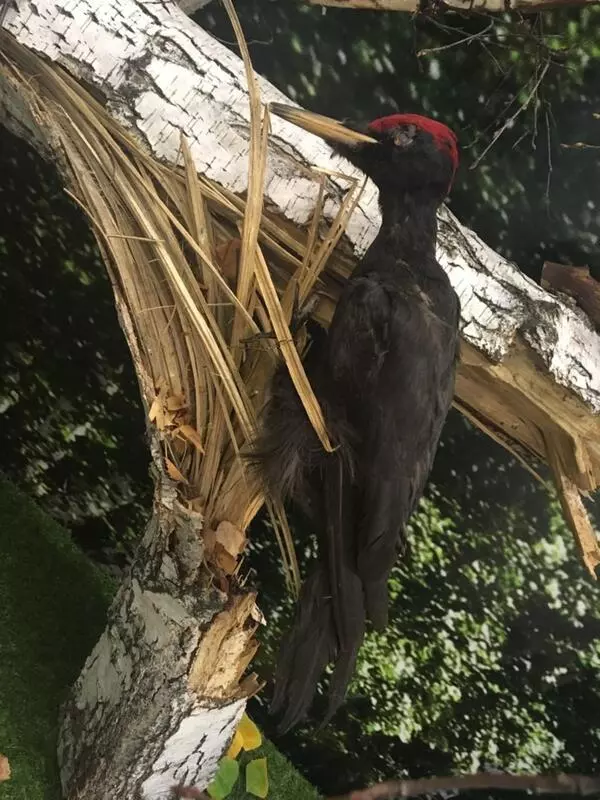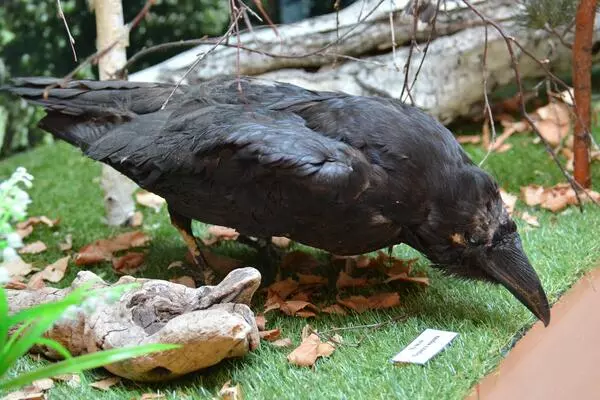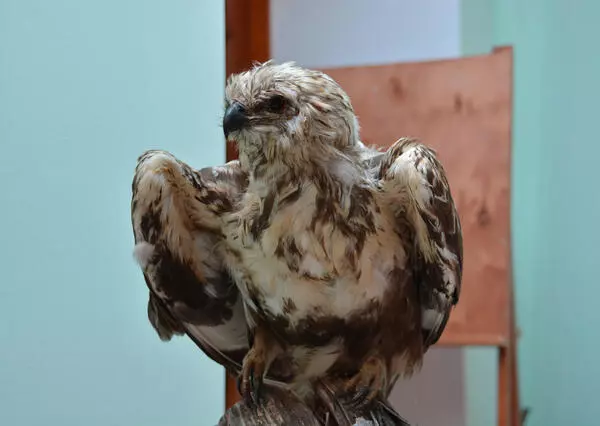The snowy, or polar, owl is a large representative of the owl order in the tundra. Females are usually larger than males. Males measure up to 60 centimeters with a weight of up to 2.5 kilos, while females reach a length of 70 centimeters and weigh up to 3 kilos. The snowy owl’s average wingspan is 150 to 160 centimeters. Adult birds have white plumage with dark horizontal mottlings. This coloring can effectively disguise the snowy owl against a snowy background. Female and young snowy owls have more mottlings than males. The snowy owl’s bright yellow eyes and large black bill stick out on the round head.
The snowy owl inhabits tundra zones of Europe, Asia, North America, Greenland, and some other islands in the Arctic Ocean. The bird is semi-nomadic with migrations depending on the snowpack, availability and accessibility of food, and presence of threats. The mating season involves complex courtship behavior. In some regions, the snowy owl can pair up for a few years, while in other places, pairs stay together for a single summer—till their chicks grow up.
The snowy owl makes no nests. Instead, it lays eggs in a hollow in the ground in May when there is still snow in the tundra. If there is enough food around, there can be up to 12 eggs. However, there are four to seven eggs on average. The female does not lay all eggs at once, so chicks in the nest can be pretty much different. Older ones can be feathering out while younger ones are only hatching. The eggs are brooded by the female, while the male provides food.
The snowy owl is an active predator. It dies relies mostly on mouse-like rodents, primarily lemmings. Their population defines the snowy owl’s main life cycles (breeding, migrations, seasonal positioning). The snowy owls can eat more than 1,600 lemmings per year. The bird also preys on hares, small predators, other birds, and not above feeding on fish and carrion.
The snowy owl prowls from up high sitting on something tall or gliding slowly low in the air. Although the snowy owl is not totally nocturnal, it preys most often in the early morning or evening. The bird swallows a small prey whole and takes a large prey to its territory to tear it into pieces. The snowy owl never preys near its nest and protects its territory from other predators. That is why many birds prefer settling closer to owls.
The snowy owl inhabits tundra zones of Europe, Asia, North America, Greenland, and some other islands in the Arctic Ocean. The bird is semi-nomadic with migrations depending on the snowpack, availability and accessibility of food, and presence of threats. The mating season involves complex courtship behavior. In some regions, the snowy owl can pair up for a few years, while in other places, pairs stay together for a single summer—till their chicks grow up.
The snowy owl makes no nests. Instead, it lays eggs in a hollow in the ground in May when there is still snow in the tundra. If there is enough food around, there can be up to 12 eggs. However, there are four to seven eggs on average. The female does not lay all eggs at once, so chicks in the nest can be pretty much different. Older ones can be feathering out while younger ones are only hatching. The eggs are brooded by the female, while the male provides food.
The snowy owl is an active predator. It dies relies mostly on mouse-like rodents, primarily lemmings. Their population defines the snowy owl’s main life cycles (breeding, migrations, seasonal positioning). The snowy owls can eat more than 1,600 lemmings per year. The bird also preys on hares, small predators, other birds, and not above feeding on fish and carrion.
The snowy owl prowls from up high sitting on something tall or gliding slowly low in the air. Although the snowy owl is not totally nocturnal, it preys most often in the early morning or evening. The bird swallows a small prey whole and takes a large prey to its territory to tear it into pieces. The snowy owl never preys near its nest and protects its territory from other predators. That is why many birds prefer settling closer to owls.
